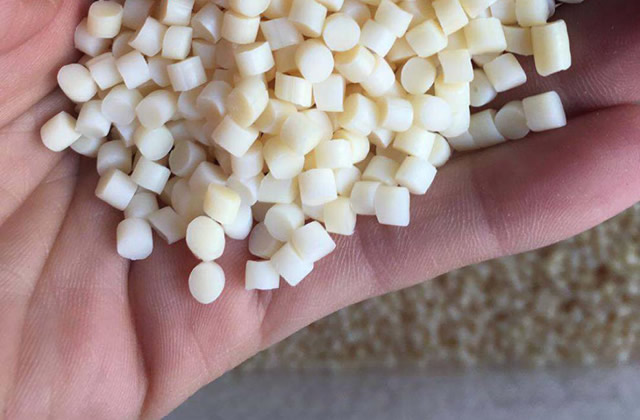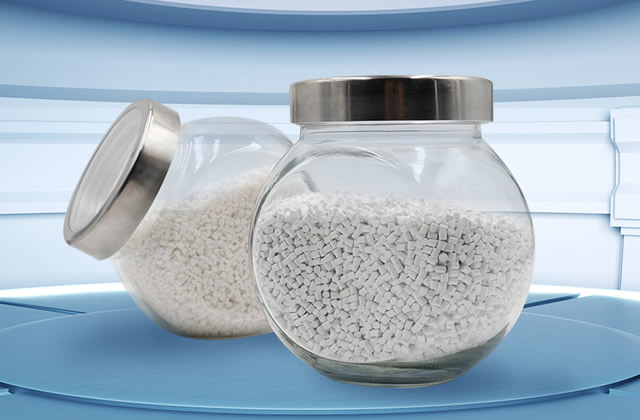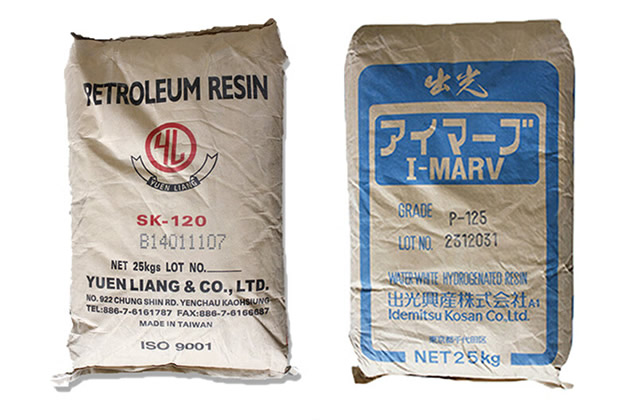1. What will happen if concrete does not use a release agent?
Concrete components are one of the common materials in construction. The smoothness and aesthetics of their surface quality are crucial to the quality of the project. Crucial. In order to prevent the concrete from adhering to the formwork during the formwork removal process and affecting the appearance quality of the components, the use of release agents is a necessary operation.
If a release agent is not used, the concrete will be in direct contact with the mold, which is prone to adhesion. Force needs to be used when demoulding. If the mold force is not strong enough, it may cause cracks in the concrete and affect its quality; in addition, do not brush When using release agents, uneven mold marks may be left on the concrete surface. These marks may be exposed during the subsequent plastering process, which may affect the appearance and use in some projects.

2. What kind of concrete release agent is good?
Concrete release agent is an indispensable component in the construction of concrete projects. There are many types of it. What kind of it is it? Fortunately, there is no quantitative index yet, but generally good concrete release agents require the following properties:
1. Excellent release performance. This is the most basic requirement for a concrete release agent, that is, when the formwork is removed, the release agent is required to smoothly separate the formwork from the concrete and keep the concrete surface smooth and flat, with neat edges and corners.
2. It is more convenient to paint. It will not affect the pouring of concrete after painting, and it is easy to clean after removing the formwork. The release agent can be both brushed and sprayed. It cannot be difficult to apply because of too high a viscosity, nor can it cause sagging because of too low a viscosity.
3. The film-forming release agent should have a short film-forming time, and the surface should be easy to clean after removing the formwork, and should not affect the construction progress and product production efficiency.
4. Does not affect the decorative effect of the concrete surface. This is especially important for fair-faced concrete projects. There should be no impregnation marks left on the surface of the concrete, so that it does not turn yellow, discolor, or bloom.
5. It does not pollute steel bars, is harmless to concrete, and has no impact on the strength of concrete.
6. It can protect the template and extend its service life.
7. The release agent should have good stability.
8. The release agent should be non-toxic and odor-free. Concrete release agent products should not contain toxic ingredients and toxic organic solvents, nor should they have any abnormal smell with a disgusting smell, and they should not pollute the environment or harm the health of operators.
9. According to different construction conditions, there are some special requirements for concrete release agents. Concrete release agents used in the open air must have a certain ability to withstand rain erosion.Good demoulding effect can still be maintained after brushing. Release agents used in cold climates should have a certain degree of frost resistance and should work well below zero degrees Celsius. For heat-cured concrete components, the concrete release agent should also have certain heat resistance.
If the website content violates your rights, please contact us to delete it。








